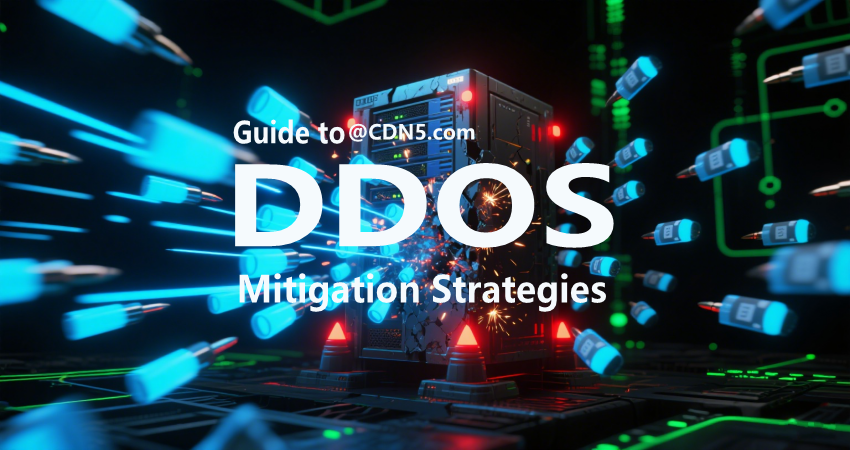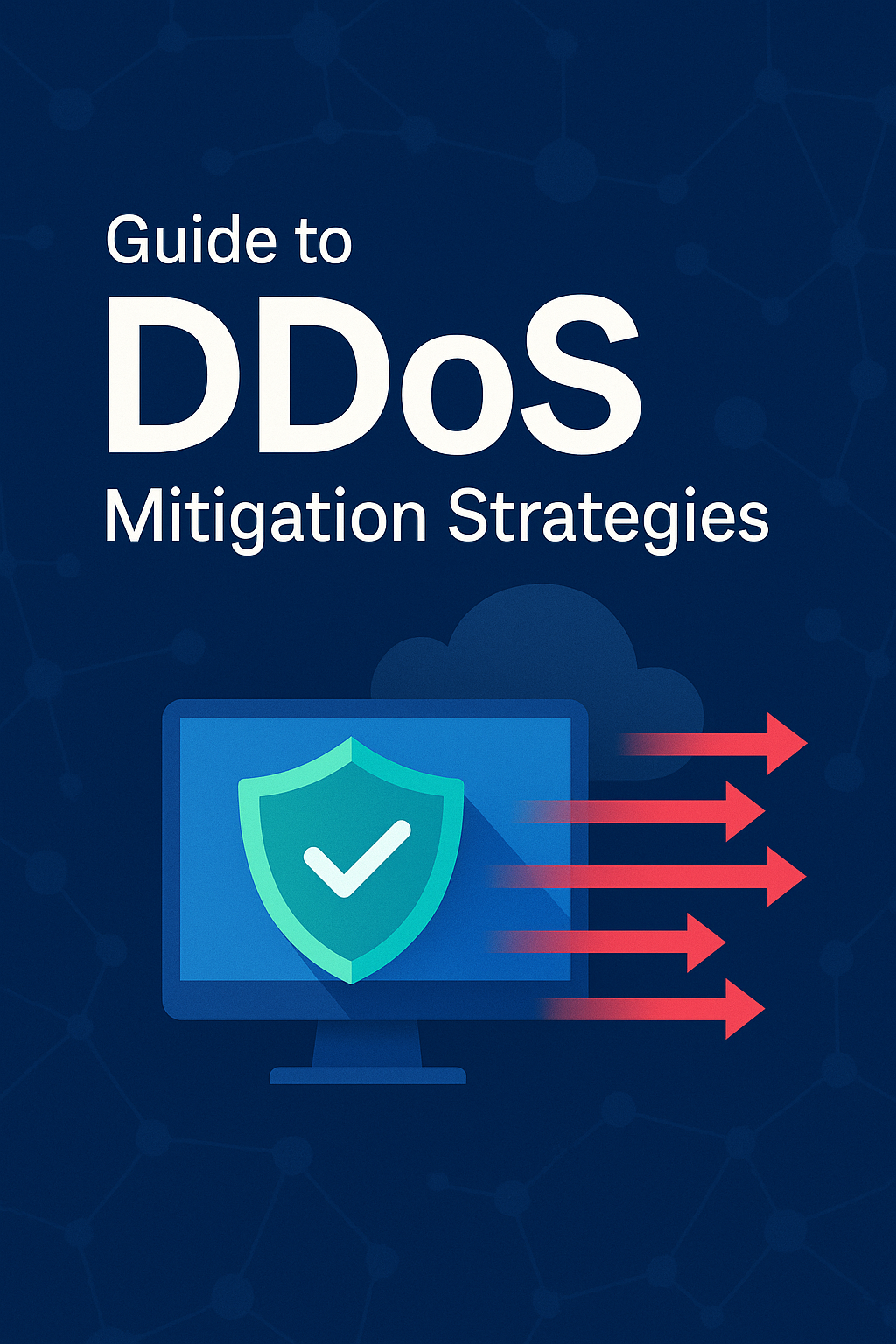No products in the cart.
A comprehensive 2025 guide to the latest DDoS protection solutions, covering key methods like traffic scrubbing, WAF, and CDN. Learn how to quickly build an effective defense system to safeguard websites and enterprise infrastructure against various types of DDoS attacks.

DDoS attacks surge in 2025
Digital infrastructure is increasingly becoming the lifeblood of life, and hybrid offices and services that never drop out are expanding the attack surface, giving way to an explosion of Distributed Denial of Service (DDoS) attacks.
The situation is dire: NETSCOUT reports that there were nearly 9 million such attacks last year! Targeting remote and critical services that people rely on during blockades, healthcare, online education, e-commerce, and streaming media have been hit. Attackers not only cripple business operations, but often use them for extortion.
Crafty attackers often blend in with the flood of real users, making it difficult to detect malicious traffic. However, while DDoS attacks are rampant, they are by no means impossible to defend against. The following guide to DDoS defense solutions will teach you how to defend yourself. )
Multiple attack types at capacity, protocol, and application layers
DDoS attacks come in a variety of ways, but the most common are three types:
Capacity depletion attacks: simple and brutal “blocking the road”.
Typical representative: UDP flood attack. The attacker forges the IP address of the victim, sends a large number of false requests to the server based on the UDP protocol, triggering the server to “respond” to the flood. This flood can hit a single target or multiple services, instantly exhausting network bandwidth.
Response: Deploy a content delivery network (CDN) to spread the pressure and implement rate-limiting policies to pre-filter illegal requests.
Analogy (Rachel Kratch, Carnegie Mellon University): It's like ordering from a pizza parlor in town with a fake address, and then delivering all the pizzas to the enemy's doorstep, so that he can be drowned in pizzas (ICMP flooding attacks are similar in principle, and send out a large number of erroneous requests to drag down the target).
Protocol attacks: specializing in “communication rules” vulnerabilities
Typical example: SYN flood attack. It targets the core process of TCP/IP connection establishment. The attacker sends a huge number of “SYN” packets to request a connection, but never completes the subsequent confirmation steps, resulting in system resources being exhausted by countless “half-open” connections, paralyzed.
Countermeasure: Intrusion prevention systems (IPS), next-generation firewalls, etc. can detect abnormal patterns of protocol behavior, especially when the volume of requests far exceeds the level of normal users.
Analogy: Like the never-ending “Knock Knock” prank - just knocking on the door, but never showing up (“Knock Knock, who is it?”). “Knock, who?” ......), and wearing out the person behind the door.
Application Layer Attacks
Characteristics: The most sophisticated form of attack, directly targeting application weaknesses. They mimic normal user behavior, send seemingly legitimate requests (e.g., repeatedly loading complex pages), and specifically consume server back-end resources (CPU, memory). Because of their camouflage, they are extremely difficult to detect and are often mistaken for traffic spikes.
Countermeasure: Web Application Firewall (WAF) is a key protection tool that deeply inspects each request and intercepts malicious behavior that exploits program vulnerabilities.

Of course, you can leave it all to CDN5hosting to keep your business running smoothly!